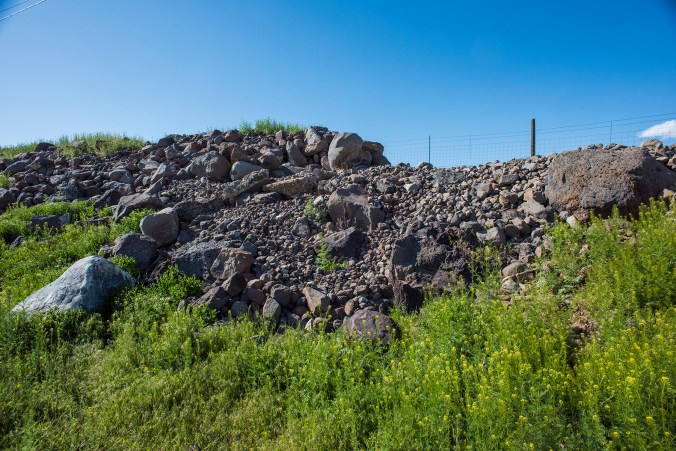Kale had a moment a few years back; it was suddenly – without warning – on every restaurant menu and in every recipe. It was as though kale had just been invented. Now, of course, it’s been supplanted as the trendy vegetable du jour – first by Brussels sprouts, and now by cauliflower. (I sincerely wish I’d invented “cauliflower rice;” the mark-up on those plastic packages – just for throwing it in a food processor! – is shocking.)

There are lots more varieties of kale than just what you see in the supermarket.
Like most Americans, I first encountered kale when I worked in the catering industry. Curly kale is so often a garnish on salad bars and buffets that we think of it more as decoration than vegetable. But its very hardiness – its ability to sit out on a buffet table for hours on end no matter the temperature, without wilting, is precisely what makes it so valuable both in the garden and in the kitchen.



